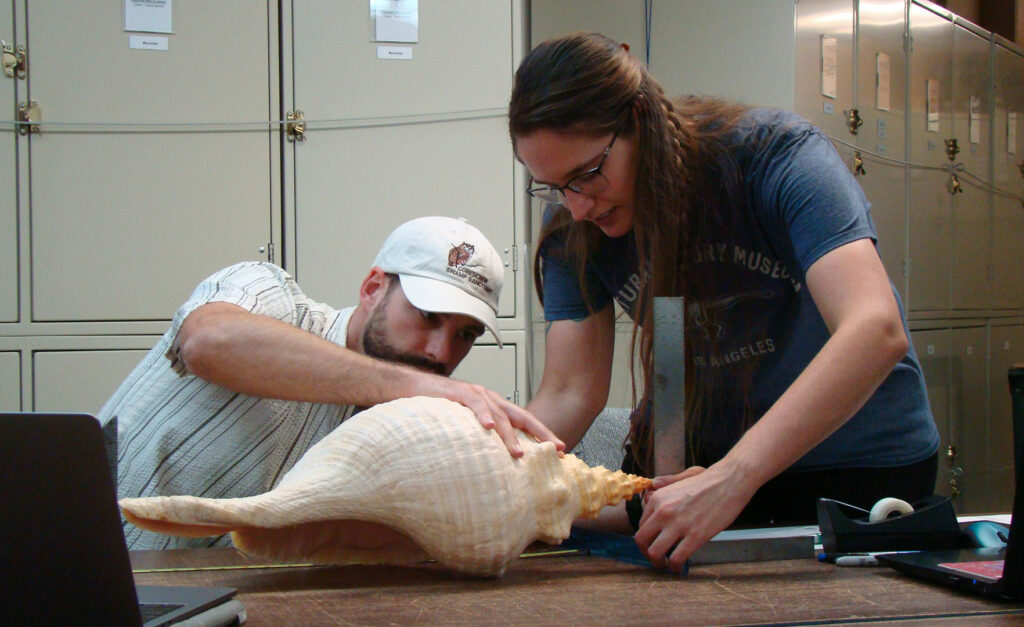Research
As the only accredited U.S. museum and aquarium with a primary focus on mollusks and their shells, the Museum is in a unique position to observe and research new information and discoveries about these animals and their habitats, and to partner with other researchers and institutions. To follow are some examples.
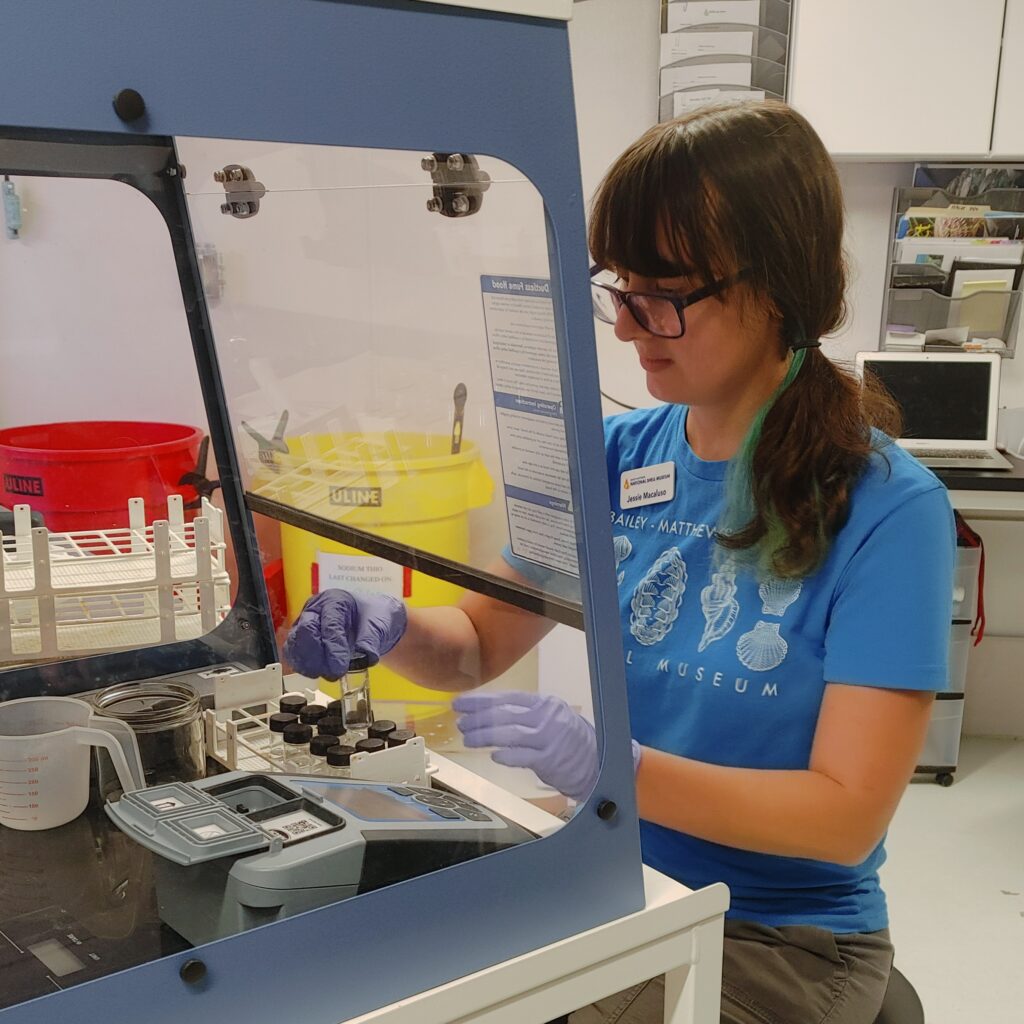
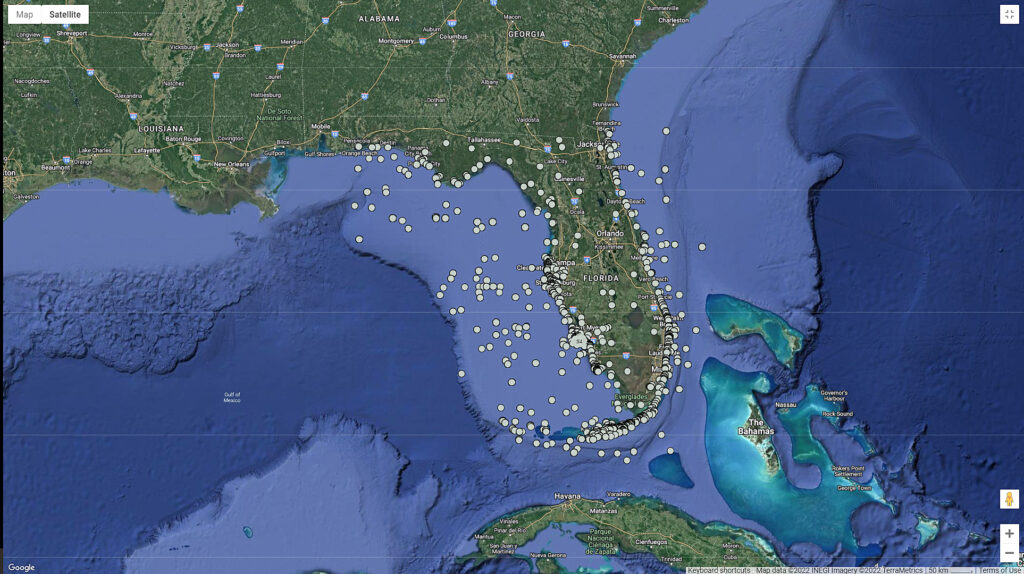
Mobilizing Millions of Marine Mollusks of the Eastern Seaboard
The Museum is part of an ongoing collaboration of 17 natural history museums and universities with major mollusk collections to establish a comprehensive and publicly accessible database of mollusks found on the U.S. East Coast and in the Gulf of Mexico.
Complete information about the project is found here.
This project is funded by grant award DBI 2001528 of the National Science Foundation
First Documented Observation of Imposex in Horse Conchs
The iconic Horse Conch is the largest gastropod mollusk in the Atlantic Ocean and is also the Florida State Shell. In 2024, Museum staff and a collaborator observed for the first time in Horse Conchs on exhibit at the Museum the condition of imposex, which is related to certain kinds of water pollution and can lead to sterility in some gastropod mollusks. Their findings were published in the Bulletin of Marine Science, with implications for the conservation status and protections for Horse Conchs being analyzed further.
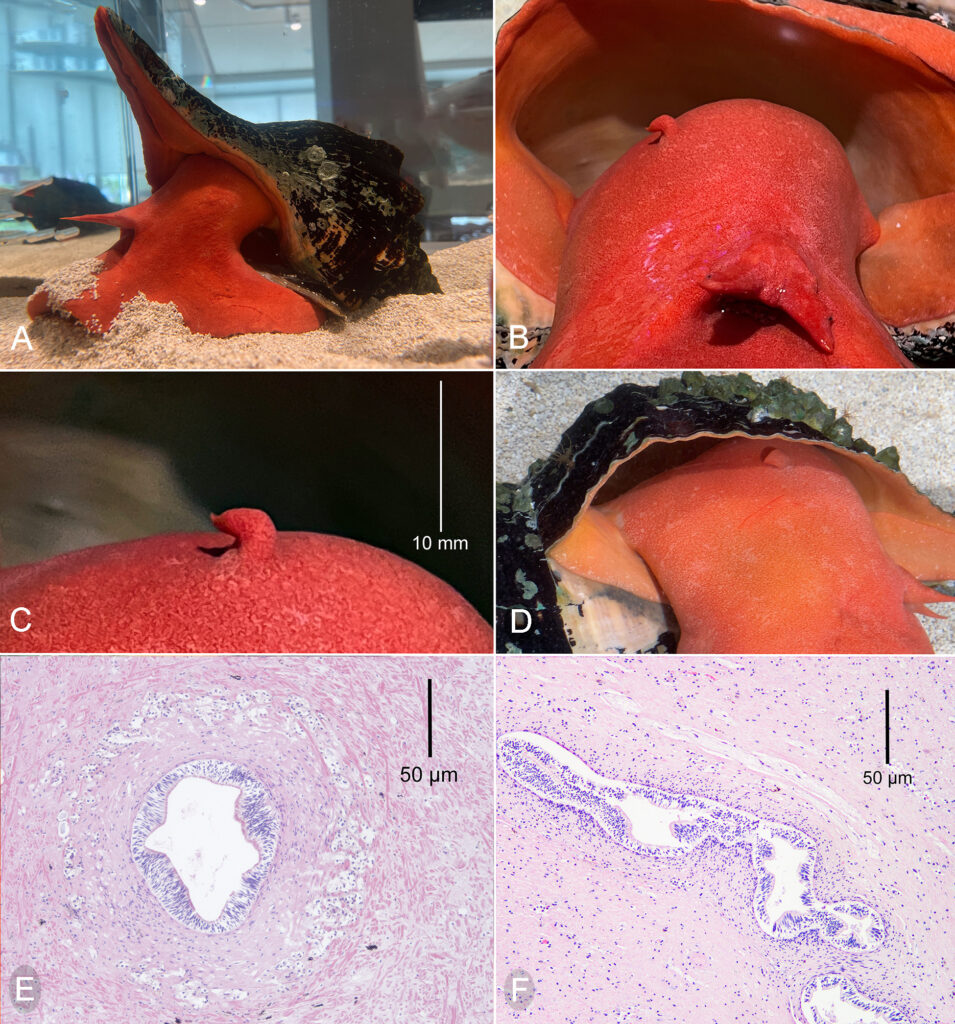
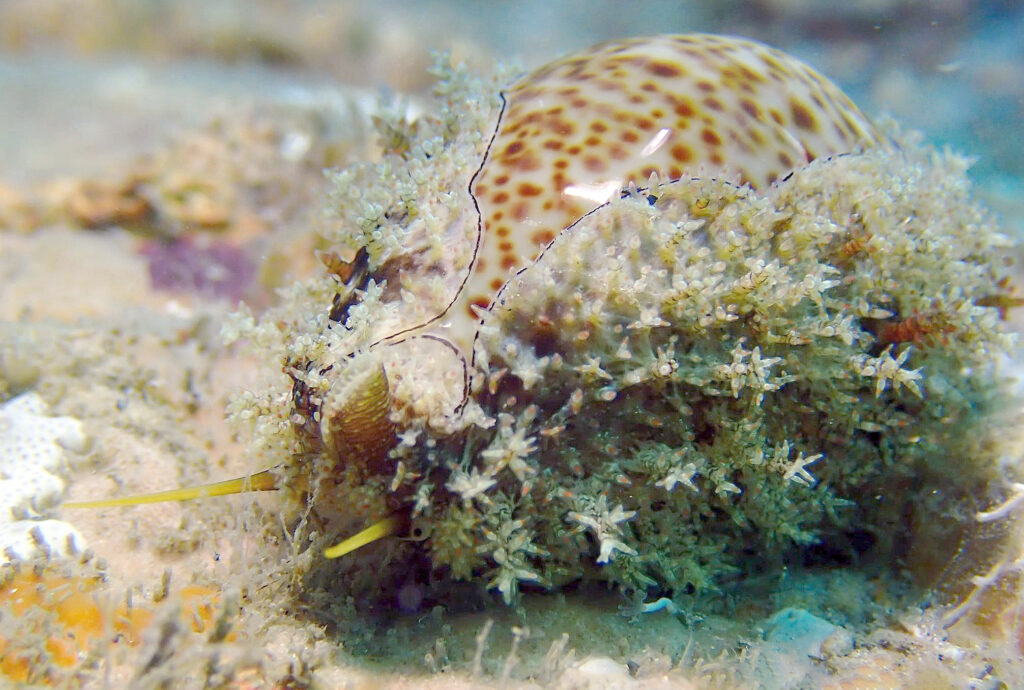
The Invasive Thrush Cowrie
In 2023, Science Director and Curator Dr. José H. Leal co-authored a paper published in The Nautilus that documented and evaluated the presence of the Thrush Cowrie (Naria turdus) in Palm Beach County, Florida.
The Thrush Cowrie’s natural habitat is the east Indian Ocean and the Red Sea, and this was the first record of this fast-disseminating invasive mollusk in the territorial waters of the United States. The species has been spreading steadily since then, having since been found on the Atlantic side of northern Florida and off the Florida Panhandle.
Read the article here.
Age, Growth, and Reproductivity in Horse Conchs
An important study published in 2022 by Dr. Gregory Herbert (University of South Florida) and collaborators, based in large part on analysis of Horse Conch specimens in the Museum’s collection, confirmed new and surprising conclusions about their age, growth rate, and reproduction. The study found, among other conclusions, that Horse Conchs do not live as long as had been previously estimated, and that the timeframe for females to reproduce is shorter than had been thought.
Further information can be found here.
